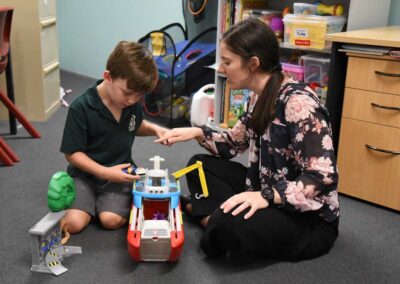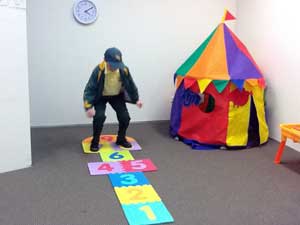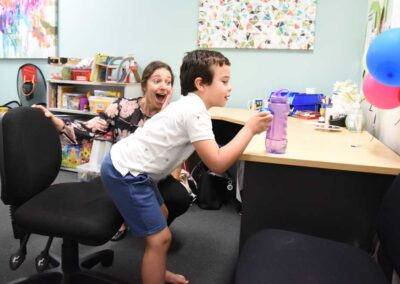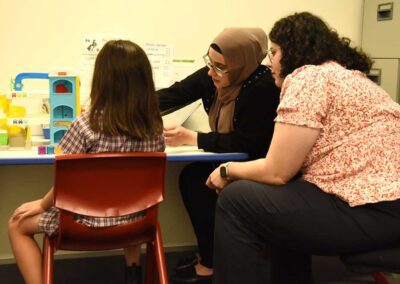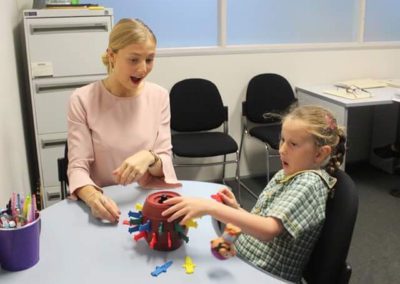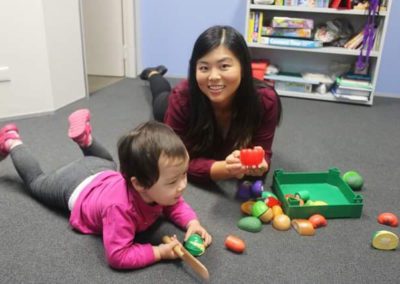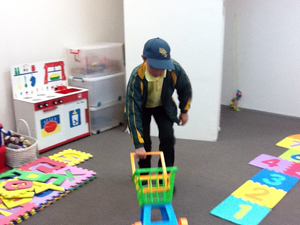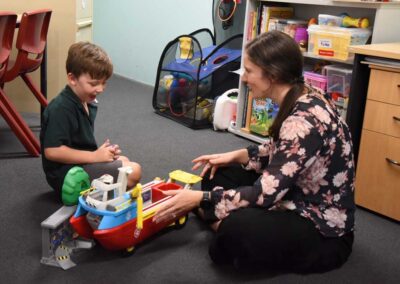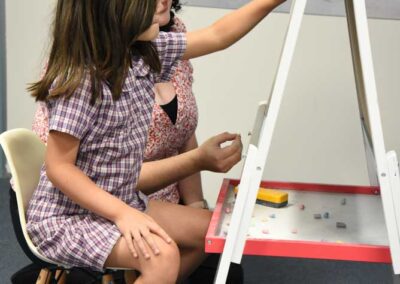As a parent, you might worry that helping your child build language skills means sitting them down with worksheets and flashcards. The good news is that language learning happens naturally every day. You can turn ordinary routines into powerful learning opportunities. Here are some practical ways to boost your child’s language skills at home, all without a single worksheet.
1. Talk Through Your Day

Children learn language best when it is meaningful and connected to their world. Narrating daily activities gives them exposure to new words and sentence structures.
- Example: While making breakfast, you might say, “I am cracking the eggs into the bowl. Can you stir them
carefully?” This introduces verbs like crack and stir, and encourages listening and following instructions.
- Example: During grocery shopping, talk about colours, sizes, and quantities. “We need three green apples and a big bunch of bananas.”
2. Turn Everyday Tasks into Language Games
Routine chores are perfect for building functional language skills.
- Cooking Together: Have your child help measure ingredients, describe textures, or predict what will happen when you mix them. “What do you think will happen if we mix the flour and water?”
- Tidying Up: Encourage sequencing and categorising. “Let’s put the books on the shelf first, then the toys in the box.”
- Laundry: Ask your child to sort clothes by colour or type. This helps with vocabulary, categorisation, and using descriptive words like striped, soft, or small.

3. Use Storytelling Every Day
You do not need a book to tell a story.
- Picture Walks: Look at family photos or magazine pictures and ask your child to describe what is happening. “Who is this? What are they doing? Why do you think they are smiling?”
- Personal Narratives: Encourage your child to recount their day. “What did you do at school today?” Prompt for details, such as who, what, where, when, and why.
- Create Stories Together: Make up stories about toys or pets. “Mr Teddy went to the moon. What did he see there?” This sparks imagination and teaches new vocabulary and sentence structures.
4. Embrace Questions and Conversations
Everyday conversations are a goldmine for language development.
- Open-Ended Questions: Instead of yes or no questions, ask questions that require more thinking. “What do you like about your new shoes?” or “How do you think we can fix the broken toy?”
- Expand Their Words: If your child says “dog run,” you can expand it to “Yes, the brown dog is running fast in the park.” This models longer sentences and adds descriptive language.
- Problem Solving Together: Encourage your child to explain their thinking. “We have a broken puzzle piece. How can we fix it?”
5. Sing, Rhyme, and Play

Songs, rhymes, and playful activities are excellent for listening skills, rhythm, and new vocabulary.
- Nursery Rhymes and Action Songs: Encourage your child to sing along, clap, or do actions. This strengthens memory and sequencing.
- Word Games: Play “I Spy” or “Guess Who” using descriptive language. “I spy something small and green.”
- Role Play: Set up pretend shops, doctor’s offices, or restaurants. Role-playing helps your child practice asking and answering questions, following directions, and using social language.
Key Takeaways
Building language skills does not require worksheets or formal lessons. By weaving rich language experiences into daily life, you can:
- Expand vocabulary naturally
- Support sentence formation and grammar
- Encourage storytelling and imaginative thinking
- Strengthen listening, problem-solving, and social communication skills
Children learn best when they are engaged, having fun, and using language in meaningful ways. The kitchen, the car, and even the laundry basket can all become classrooms without a single worksheet in sight.

